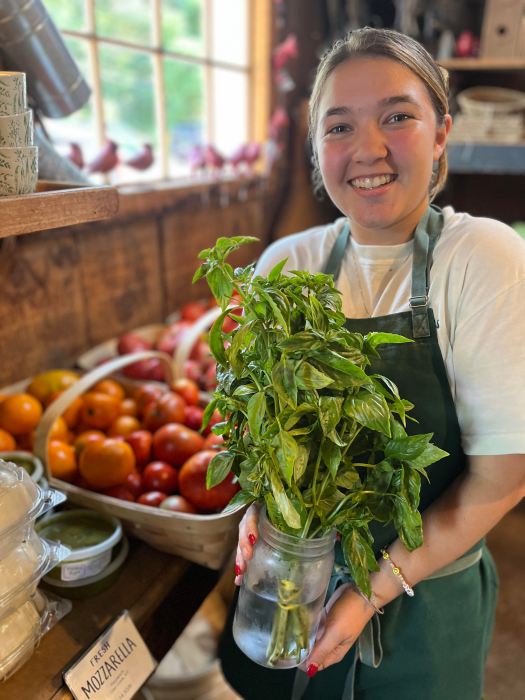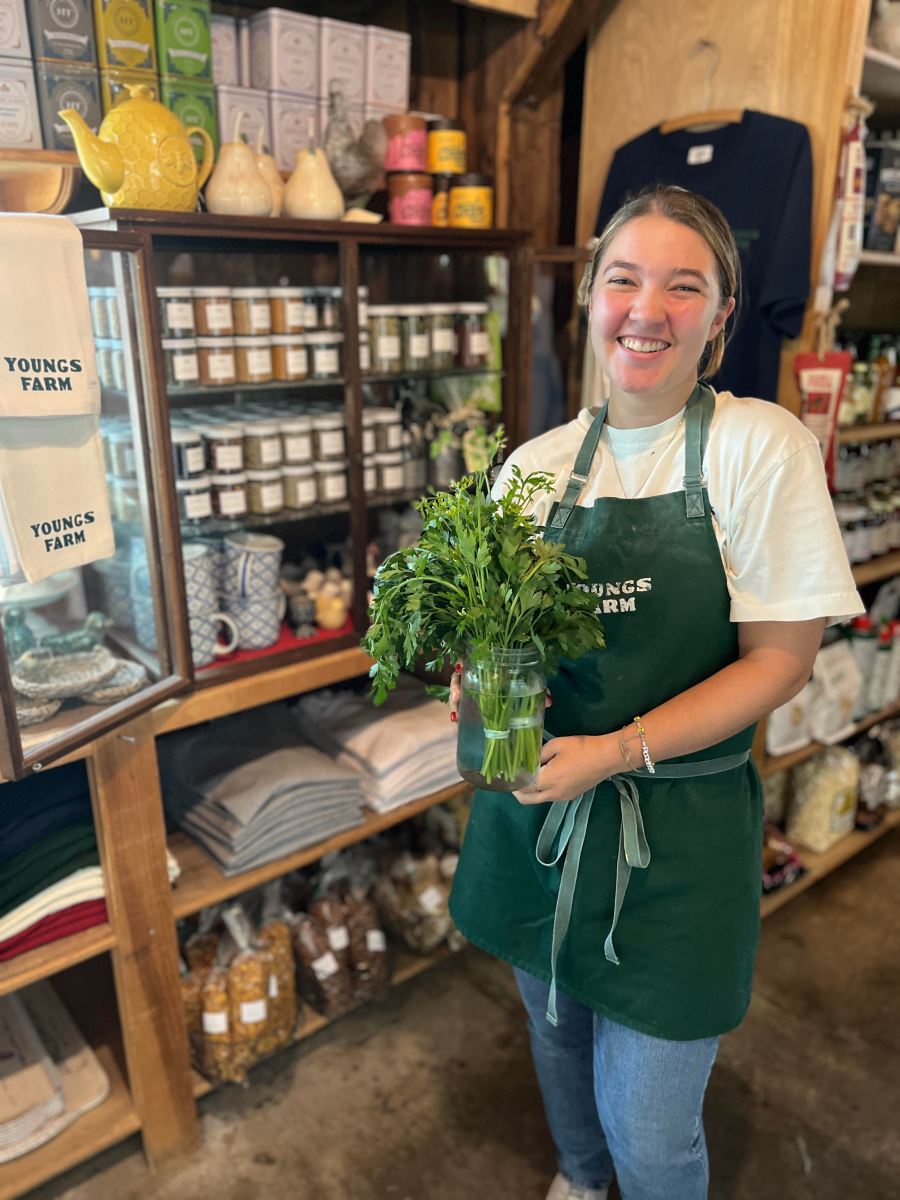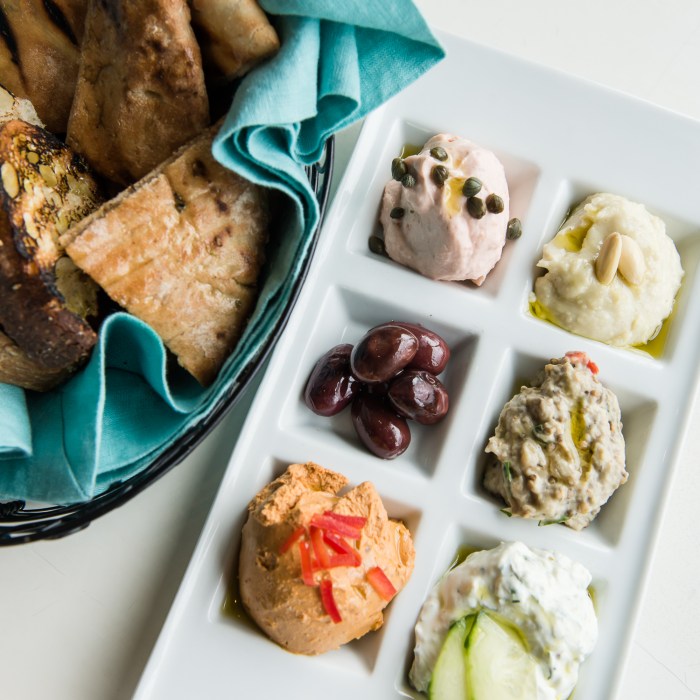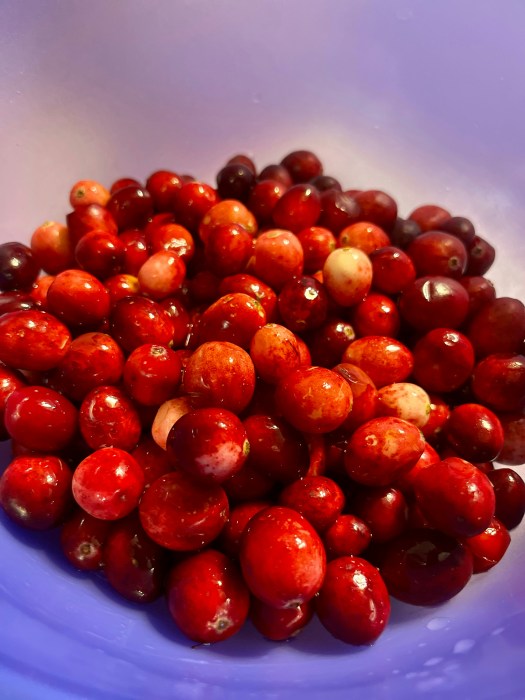With the height of summer comes a bounty of fresh herbs in backyard gardens and farmers’ markets. Fragrant basil, cooling mint, earthy rosemary and bright parsley can transform simple dishes into flavorful experiences. These versatile plants have been staples of cooking for centuries, prized not only for their taste but also for their medicinal and aromatic qualities.
Herbs have played an essential role in human diets for millennia. Basil, for instance, traces its roots to ancient India and Persia, where it was cultivated both for culinary use and as a medicinal plant. Mint has been used since the time of the ancient Egyptians, who valued it for its digestive properties. Rosemary, native to the Mediterranean region, was once woven into garlands and worn as a symbol of remembrance in ancient Greece. Parsley, often relegated to garnish status, was revered by the ancient Romans as a sign of festivity and good fortune.
These herbs thrive in summer’s warm weather, making them ideal for home gardeners. Basil grows best in full sun and warm temperatures, producing lush leaves ideal for pestos, caprese salads and pasta sauces. Mint prefers partial shade and slightly moist soil, spreading quickly if not contained. Rosemary is a hardy perennial in warmer climates, with needle-like leaves that hold up to roasting and grilling. Parsley, whether curly or flat-leaf, is a cool-weather biennial often grown as an annual, lending its fresh bite to salads, tabbouleh and chimichurri.
From cocktails to marinades, incorporating these herbs into home cooking adds freshness and complexity without much effort. Using herbs straight from the garden ensures the highest potency of oils and flavors. For maximum flavor, most herbs should be added toward the end of cooking to preserve their aromatic compounds, though rosemary can withstand longer cooking times.
Herbs in the Kitchen
- Basil pairs beautifully with tomatoes, mozzarella, garlic and olive oil. It can be used raw in salads, blended into pestos or infused in oils.
- Mint is a natural partner for citrus, berries, lamb and chocolate. It brightens drinks and desserts and is the key flavor in classic cocktails like the mojito and mint julep.
- Rosemary stands up well to roasting, making it ideal for poultry, lamb and potatoes. It can also be infused into olive oil for bread dipping.
- Parsley offers a clean, slightly peppery taste that works well in sauces, salads and as a finishing garnish.
From Garden to Glass
Fresh herbs are as much at home in the bar as they are in the kitchen. Basil adds an unexpected twist to lemonade or gin-based cocktails. Mint remains a summer staple for iced teas, mojitos and juleps. Herbal syrups, made by simmering equal parts sugar and water with fresh herbs, are an easy way to infuse drinks with garden-fresh flavor.
Simple Basil Pesto Pasta
Serves 4
Ingredients:
- 2 cups fresh basil leaves, packed
- 1/2 cup grated Parmesan cheese
- 1/2 cup extra-virgin olive oil
- 1/3 cup pine nuts (or walnuts)
- 2 garlic cloves
- Salt and pepper to taste
- 12 ounces pasta (spaghetti, linguine or penne)
Directions:
Bring a large pot of salted water to a boil. Cook pasta according to package directions. While pasta cooks, combine basil, Parmesan, nuts and garlic in a food processor. Pulse until finely chopped. With the motor running, slowly drizzle in olive oil until the mixture is smooth. Season with salt and pepper. Drain pasta, reserving 1/4 cup of cooking water. Toss pasta with pesto, adding reserved water as needed for desired consistency. Serve immediately.
Mint Citrus Cooler
Serves 2
Ingredients:
- 1/4 cup fresh mint leaves
- 1 tablespoon sugar
- Juice of 1 lemon
- Juice of 1 orange
- 1 cup cold sparkling water
- Ice cubes
Directions:
In a pitcher, muddle mint leaves with sugar until fragrant. Add lemon juice, orange juice and sparkling water. Stir gently. Pour over ice and garnish with additional mint leaves.
Preserving the Harvest
Fresh herbs can be preserved for year-round use. Basil can be frozen in pesto form or chopped and frozen in ice cube trays with olive oil. Mint leaves can be dried or frozen for winter teas. Rosemary retains much of its flavor when dried and stored in airtight containers. Parsley freezes well when chopped and packed into freezer bags.
A Long Tradition

Herbs’ roles in cuisine and culture have endured for centuries. Ancient Greeks associated rosemary with memory and scholars often wore sprigs during exams. In medieval Europe, mint was scattered on floors to freshen rooms. Parsley was used in Roman banquets to freshen breath between courses. Basil was considered a symbol of love in Italian folklore, with young women placing pots of it on their windowsills to signal romantic interest.
Today, the appeal of herbs lies not only in their flavors but also in the connection they foster between garden and table. Growing and using fresh herbs encourages seasonal eating, reduces food waste and adds an extra layer of satisfaction to home cooking.
Whether tossed into a salad, muddled into a cocktail or simmered in a sauce, basil, mint, rosemary and parsley remind us that the simplest ingredients can have the most impact. With just a handful of leaves and a little imagination, a backyard garden can yield flavors worthy of the finest kitchens.



































